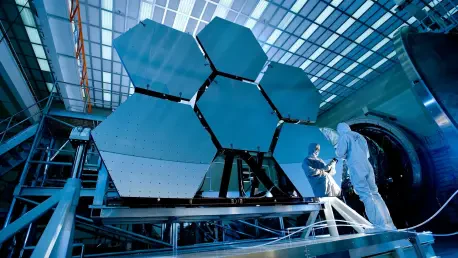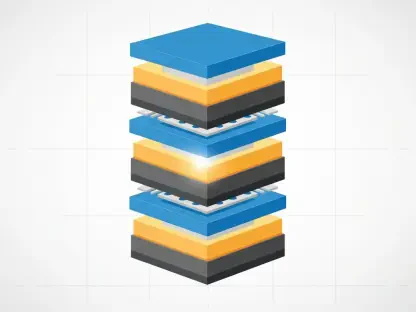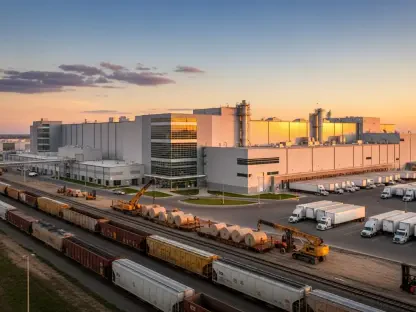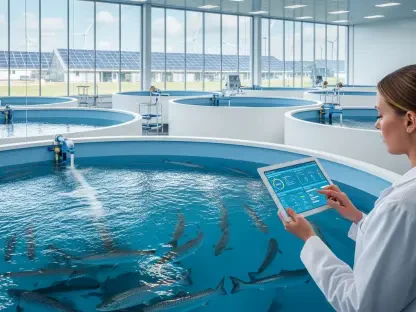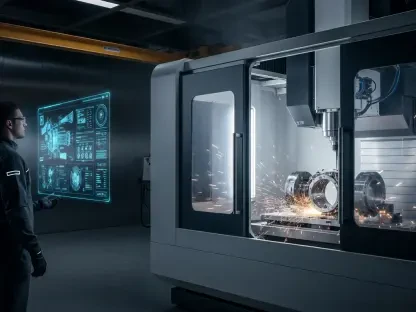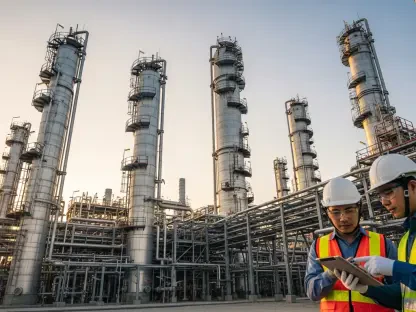In the fast-evolving world of aerospace engineering and additive manufacturing, few stand out as prominently as Kwame Zaire. With a deep-rooted expertise in manufacturing, electronics, and equipment, Kwame has carved a niche as a thought leader in production management, predictive maintenance, quality, and safety. Today, we dive into his insights on the transformative role of metals in 3D printing for aerospace applications, exploring why specific materials dominate the field, how they enhance performance under extreme conditions, and what innovations are shaping the future of this technology.
Can you walk us through why metals are often the preferred choice for 3D printing in aerospace projects?
Absolutely, metals are a natural fit for aerospace because of their incredible strength-to-weight ratio, durability, and ability to withstand harsh conditions. Unlike polymers or composites, metals can handle the extreme temperatures, pressures, and mechanical stresses encountered in flight or space environments. They also offer versatility in design through additive manufacturing, allowing for complex geometries that traditional methods can’t achieve. This combination of resilience and flexibility makes them indispensable for creating everything from engine components to structural parts.
What specific properties of metals make them stand out when compared to other materials in this field?
Metals bring a unique set of properties to the table. For one, their thermal conductivity and resistance to fatigue are critical for parts exposed to high heat or repetitive stress, like turbine blades. They also have excellent corrosion resistance in certain alloys, which is vital for longevity in environments with moisture or chemicals. Plus, metals can be tailored through alloying to meet very specific performance needs, something that’s harder to achieve with other materials. This adaptability ensures that aerospace components are not just functional but optimized for efficiency and safety.
Let’s zero in on 316L Stainless Steel. What makes this material such a popular pick for aerospace 3D printing?
316L Stainless Steel is a standout due to its low-carbon composition, which enhances its corrosion resistance and makes it suitable for high-temperature settings. In aerospace, where parts are often exposed to aggressive environments, this material holds up remarkably well. It’s also got great mechanical strength, so it’s ideal for components that need to endure significant stress. Its compatibility with 3D printing processes further boosts its appeal, as it allows for precise fabrication of intricate designs without sacrificing reliability.
How does the use of artificial intelligence play a role in enhancing the performance of parts made from 316L Stainless Steel?
AI is revolutionizing how we approach materials like 316L Stainless Steel in 3D printing. By running simulations, AI can predict how a part will perform under various conditions before it’s even printed. This means we can identify potential weaknesses or stress points and adjust the design or printing parameters accordingly. It’s a game-changer for reducing trial and error, cutting costs, and ensuring that the final product meets the stringent demands of aerospace applications. It’s like having a crystal ball for manufacturing outcomes.
Shifting gears to Nickel Superalloy H282, what draws engineers to this material for high-temperature applications in aerospace?
Nickel Superalloy H282 is a powerhouse for high-temperature environments, like those in propulsion systems. Its thermal stability is exceptional, meaning it doesn’t lose strength or deform even when exposed to extreme heat. It also offers remarkable resistance to oxidation and creep, which are critical for components that operate under constant stress at elevated temperatures. For aerospace, where safety and performance are non-negotiable, H282 provides the reliability needed for mission-critical parts.
What are some of the challenges you’ve encountered or heard about when 3D printing with Nickel Superalloy H282?
Working with H282 isn’t without its hurdles. The material’s high melting point and sensitivity to thermal gradients during printing can lead to issues like cracking or residual stress in the final part. It requires very precise control over the printing environment, which can be resource-intensive. Additionally, the cost of the material and the specialized equipment needed to process it can be prohibitive for smaller projects. Overcoming these challenges often involves a lot of experimentation and fine-tuning of the additive manufacturing process.
Turning to Inconel, why do you think this material is so often chosen for mission-critical aerospace projects?
Inconel, as a family of nickel-chromium superalloys, is a go-to for mission-critical projects because it thrives under extreme conditions. It can handle the intense heat and mechanical loads of applications like rocket engines or turbine components without breaking down. Its resistance to corrosion and oxidation also means it maintains integrity over long periods, even in punishing environments. For engineers, choosing Inconel is about ensuring that a part won’t fail when the stakes are highest, which is why it’s so prominent in aerospace.
How do you see on-site 3D printing, such as on the International Space Station, transforming the future of aerospace manufacturing?
On-site 3D printing is poised to be a total game-changer for aerospace, especially in space missions. Imagine being able to produce a replacement part or tool right on the International Space Station without waiting for a resupply mission from Earth. It slashes costs, reduces dependency on launches, and speeds up problem-solving in real time. It also opens the door to more sustainable space exploration by minimizing the resources we need to send up. I believe this capability will become standard as we push further into deep space missions.
Looking ahead, what’s your forecast for the evolution of metal 3D printing in aerospace over the next decade?
I’m incredibly optimistic about the future of metal 3D printing in aerospace. Over the next decade, I expect we’ll see even greater advancements in material science, with new alloys designed specifically for additive manufacturing. We’ll likely witness faster, more efficient printing technologies that can handle larger, more complex components with pinpoint accuracy. AI and machine learning will continue to play a bigger role in optimizing designs and processes, reducing waste, and enhancing performance. Ultimately, I think this technology will not only redefine how we build spacecraft but also make space more accessible through cost-effective, innovative solutions.
